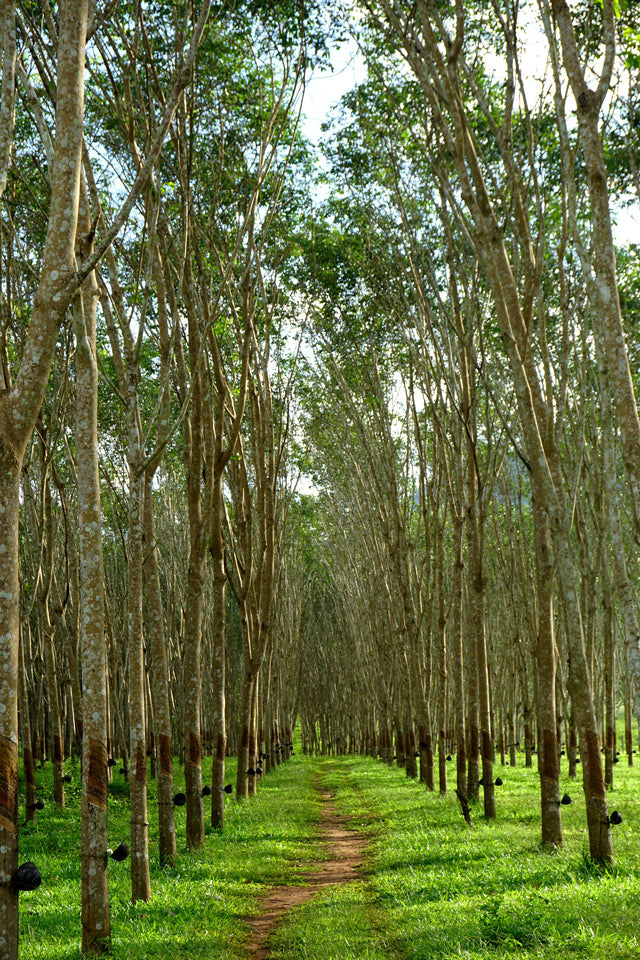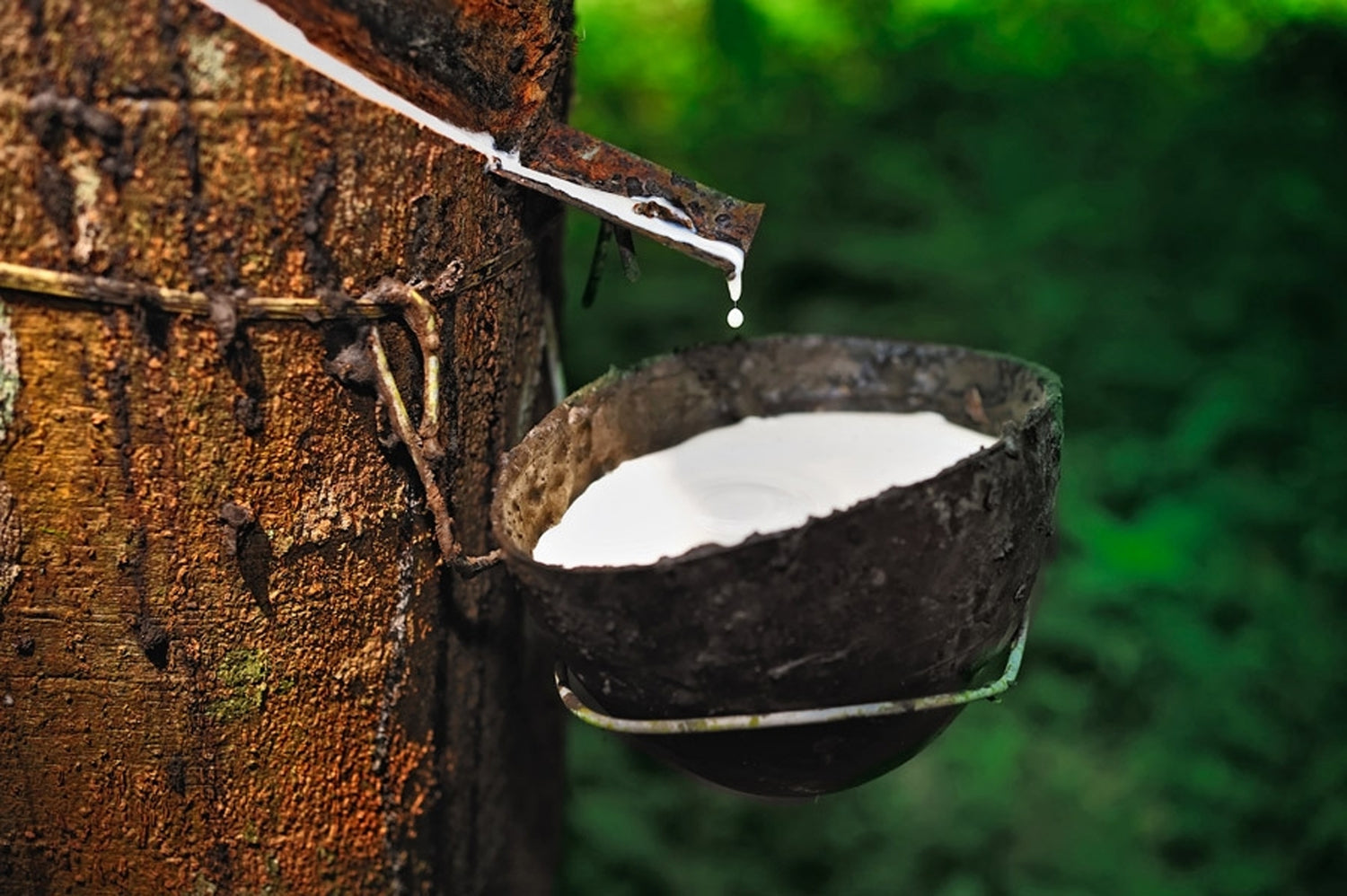Sustainability
All of our latex balloons are 100% plastic free, biodegradable and compostable. The balloons are made from natural rubber latex that's sourced from rubber trees, without harming the tree.
At Castle Balloons, we are committed to sustainability and doing our part to protect the environment. That's why we have made it our mission to provide sustainable balloon displays for any occasion. We use only biodegradable and compostable balloons made from natural latex. Our team also employs eco-friendly installation techniques, to ensure that our displays leave minimal impact on the environment. We are constantly working to reduce our carbon footprint and make sustainable choices throughout our business operations. We offer beautiful, long-lasting balloon displays that are both environmentally friendly and visually stunning.
Why Latex ballloons are better
-
They're NOT Plastic
Rubber balloons begin to decompose as soon as they are manufactured and come into contact with sunlight and oxygen which accelerate the process more. Biodegradability tests confirm that natural rubber balloons biodegrade to approximately 90% within 24 months.
-
Renewable resource
The rubber trees of Hevea Brasiliensis Pará are not cut down to produce Natural Rubber Latex (NRL). The NRL is obtained by tapping mature trees, which is a non-harmful process. This significantly contributes to the removal of greenhouse gases from the planet's atmosphere.
-
Prevents Deforestation
Because of the consumption of latex products, the planting and maintenance of rubber tree plantations helps towards the prevention of tropical rain-forest deforestation. The process of tapping a single rubber tree can be sustained for a period of up to thirty years.

Helps small communities
Small scale owners own 85% of the world’s rubber plantations and are typically less than four hectares in size.
Around the world, the cultivation of rubber latex employs over 6 million people, just within the plantations, that doesn’t include those working in jobs connected to the production, trade or transformation of natural rubber.

Harvesting is very simple and easy
Harvesting, or tapping, takes place eleven months of the year. Work is therefore spread throughout the year, and production is subject to less weather risks than other crops.
The latex obtained is also easy to preserve. Rubber cultivation enables small-scale growers to spread their activity and income. On average a grower receives between 70%-95% of the final value of the natural rubber.

